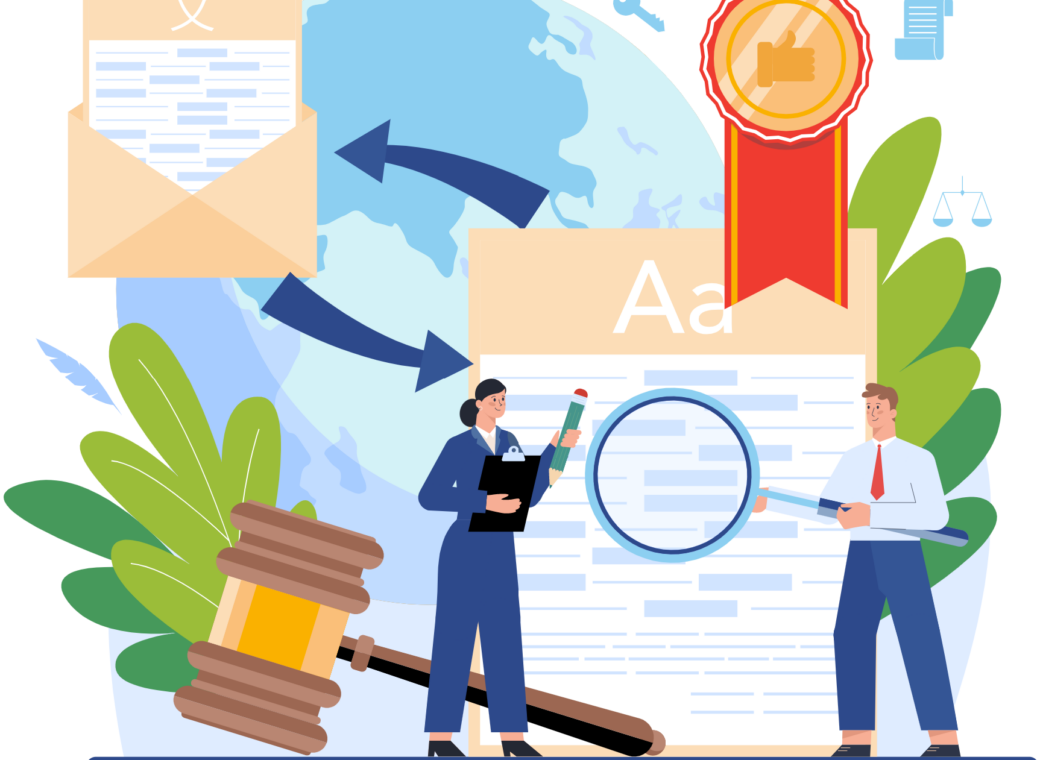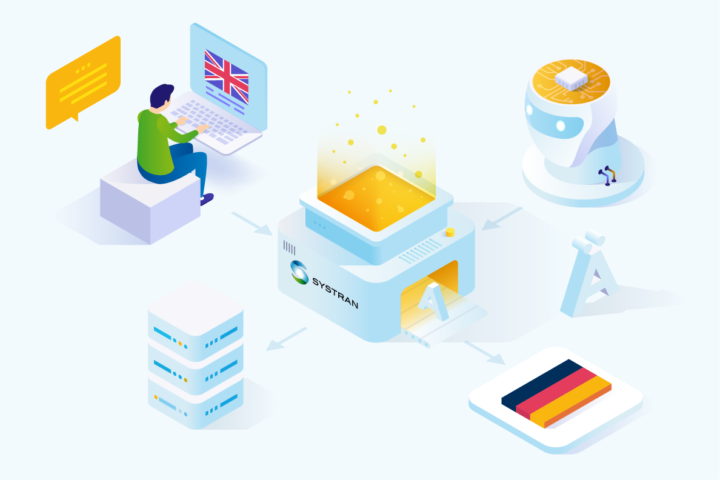Electronic discovery (eDiscovery) collects, identifies, and produces digital information in response to a legal request or criminal investigation.
Digital information, also called electronically stored information(ESI), can take many forms like emails, databases, documents, presentations, websites, and social media. eDiscovery is challenging by itself due to the sheer volume of data in large databases. However, it gets more complex when dealing with content in multiple languages. How do you make sure foreign language content is translated and available at the pace and volume your eDiscovery processes require?
Traditional translation methods are time-consuming and expensive. However, recent Neural Machine Translation (NMT) advances have made it a viable alternative. In this blog post, we compare eDiscovery translation management with and without NMT, highlighting the benefits and limitations of each approach.
Traditional eDiscovery Translation Management
Human translation
It involves hiring professional translators to translate documents. You get high-quality results within a single attempt. However, efforts are costly and time-consuming, especially for large content volume. It requires a lot of planning and upfront investment and is not the best solution for urgent requirements.
Neural Machine Translation for eDiscovery
Don’t let traditional eDiscovery management hold back your legal efforts!
Advances in machine translation have greatly improved translation outcomes. Neural machine translation(NMT) is the latest technique powered by artificial intelligence (AI). It uses an artificial neuron network with interconnecting nodes modeled after the human brain. The network is trained on billions of legal documents. It learns from past translations and their mistakes to outperform human translators for most use cases. Benefits in the field of eDiscovery include:
Improved accuracy
NMT outperforms all previous machine translation solutions to give precise results. It understands context, written speech, double negatives, slang, colloquial language terms, and other finer nuances. The final result is consistent, natural sounding, and accurate.
Increased efficiency
Machine translation can translate large volumes of text quickly and efficiently, reducing costs and time spent on translation. It outperforms human and translation memory solutions in speed without compromising accuracy. In addition, NMT solutions cost cents, whereas a human translator will cost you hundreds of dollars.
Customizable Models
You can train NMT systems on specialized content for your specific eDiscovery requirements. For example, legal language for the banking sector has different nuances than legal language for the energy or retail sector. The term asset portfolio for an energy company often refers to physical assets like machinery. In banking, asset portfolio may even refer to the number of loans the bank is financing. You can train the NMT model for your custom requirements for more satisfactory results.
Considerations when Choosing an NMT-based eDiscovery Translation Management System
Are you ready to switch to an NMT-based eDiscovery translation management system? Remember to consider the following factors.
- Quality: Accuracy is critical in legal translation, so choosing a system that produces high-quality translations is essential.
- Security: Legal documents often contain sensitive information, so choosing a system with adequate security measures is crucial.
- Customizability: Consider whether you can customize the system to meet the specific needs of your eDiscovery project.
Beside, a flexible solution lets you deploy and adapt the system to your requirements. The underlying neural model should also have sufficient training within the legal domain.
Final words
Regulatory investigations and cross-border disputes are rising in today’s globalized business world. BYOD, big data, and social media have increased the volume of multilingual data for eDiscovery. Traditional methods like human translation, translation memory, and older machine translation technologies are no longer effective. Older methods make you choose between speed and quality, and may negatively impact legal outcomes. Instead, you can use a secure and real-time NMT-based eDiscovery translation management system to find relevant documents in the appropriate languages while controlling costs.






